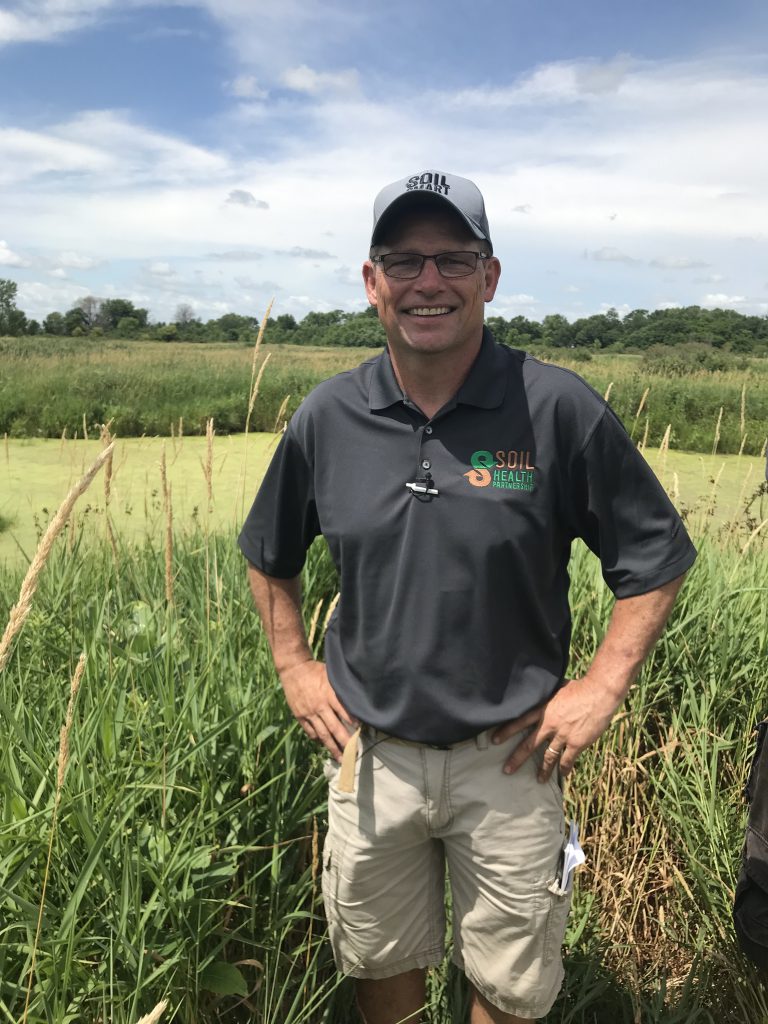
Mark Heckman of Heckman Farms in Muscatine County only needed seven days to plant the 2019 corn and soybean crops. Unfortunately, his planting window extended from May 6 to June 7. But by the time planting began, the cover crops had established good growth and were doing their job of suppressing weeds.
Heckman’s ground is more forgiving because they have been no-tilling and using cover crops for several years. “The cover crops helped to move the moisture down deeper into the soil. That, along with our no-till and conservation tillage practices, have dramatically improved the structure of the soil and helps to allow us to get into the fields without creating substantial damage,” he said.

During the wet spring, it was apparent this year’s crop would be planted in less-than-ideal conditions. As a result, Heckman didn’t want to push the front end of the planting window. “The soil was slow to dry in April because it was too cool,” he said. “The way it turned out, the corn with the best yield potential on our farm was planted toward the middle of the planting window.”
While Heckman Farms was able to stick with their corn and soybean rotation, not all of the intended acres were planted. Prevented plant claims were filed on a total of 107 acres. “Without no-till and cover crops, I have no doubt we would have more prevented plant acres this year,” he said.
Their main objective for cover crops on prevented plant acres is to suppress weeds and retain nutrients. They will spread radishes in the extremely wet areas and seed a combination of rye and radishes elsewhere. “We have a unique opportunity to improve soil health with cover crops on these acres during the growing season. Keeping a living root in the soil feeds the microbes,” Heckman said.

Fast forward to the third week of July and the crops needed rain. “We were dry from June 25 until we caught a light rain on July 17,” he added. “Despite all the stress thrown at the crop so far this growing season, I think the corn yield potential is around 82% of our Actual Production History and soybean yield potential is closer to 90%.”
During the summer, Heckman keeps busy hosting groups on the farm for educational purposes. In mid-July a group learned about the conservation practices used on the farm, which included a tour of the constructed wetland that serves as a natural filter to improve the quality of the water as well as a habitat for a host of creatures.
Visitors also learned about tillage practices at the field day. A rainfall simulator demonstration compared water-holding capacity of conventionally tilled soil to no-till soil. The same type of soil was used from neighboring farms. The no-till soil was more porous and absorbed the water.
Heckman tells farm visitors that no-till and cover crops allow him to do more with less equipment. “Moving away from traditional tillage takes a change in mindset and a realization you won’t see changes overnight,” he said. “It takes time to change and improve the structure of the soil. Thankfully, we are reaping the benefits from the conservation practices we have on the farm.”
Click here to ask Mark a question about his farming operation.
